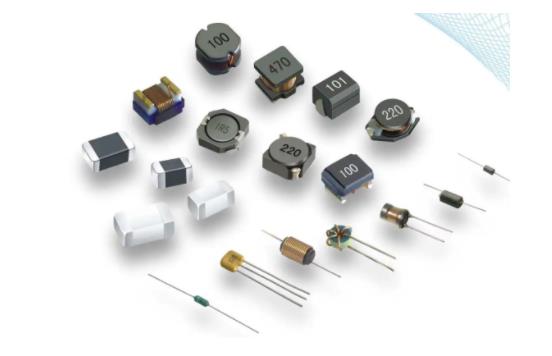In the LED displays, there’s a hidden hero that plays a pivotal role in determining the performance, power efficiency, and display quality – the driver chip. While not everyone may fully appreciate its significance, understanding why driver chips are crucial can elevate your appreciation for these unsung heroes. In this blog post, we’ll explore the role and importance of driver chips in LED displays.
The Brain of LED Displays:
Imagine if your brain’s intelligence were determined by someone else. In the realm of LED displays, the driver chip serves as the brain, dictating the screen’s performance, power consumption, and display quality. Unlike the human brain, which is innate, the quality of an LED display’s “brain” is decided by humans. This is why Q Pro products are equipped with top-of-the-line driver chips, the Dynamic Power-Saving High Refresh PWM-SS chips.
Automatic Power Savings:
Experienced drivers know that enabling automatic engine stop-start functionality in cars can save fuel. Similarly, LED displays with Dynamic Power-Saving High Refresh PWM-SS chips can save electricity. These chips boast unique features, such as automatic sleep mode. When configured with these chips, LED displays, like the Q Pro, can automatically detect when to enter sleep mode based on the displayed content. In sleep mode, the chip can reduce power consumption by up to 80%, and it wakes up instantly without causing delays or compromising display quality.
Dynamic Power Efficiency:
We all understand that lowering the brightness on our smartphones can save power, but did you know that LED displays can also dynamically optimize power consumption? Dynamic Power-Saving High Refresh PWM-SS chips allow LED displays to adjust power usage based on brightness levels. Moreover, they can intelligently allocate power only to the parts of the display showing content, minimizing energy consumption. These chips even adjust power based on the vibrancy of colors, truly achieving dynamic power efficiency.
Low Voltage Startup and Constant Current:
While “voltage” and “current” are terms from physics textbooks, “low-voltage startup” and “constant current drive” are the advantages of Q Pro. Most constant current drive chips require a voltage of 0.6-0.8V, necessitating a 5V power supply to maintain a constant current state. However, PWM-SS driver chips have a low voltage startup of just 0.2-0.4V, enabling Q Pro LED displays to reduce power consumption and heat generation without sacrificing display quality.
Saving Money Through Power Efficiency:
All this talk about power efficiency ultimately boils down to saving money. By choosing Q Pro products equipped with PWM-SS driver chips, you can achieve comprehensive energy savings of 30% to 45% compared to other conventional LED displays on the market. LED displays have a lifespan of up to 10 years. Calculate how much electricity you can save annually with Q Pro in the same usage scenario, and you’ll see that it’s a wise investment.
Understanding Grayscale Levels:
Not everyone is familiar with the concept of 14-15 Bit grayscale levels, but it’s crucial to know that typical televisions operate at 8 Bits. Grayscale levels refer to the number of color gradations between the darkest and brightest colors, measured in computer science as “Bits.” For instance, black-and-white images have a grayscale level of 1 Bit. Higher grayscale levels allow for a wider range of colors and finer image details. Dynamic Power-Saving High Refresh PWM-SS chips can achieve grayscale processing levels of 14-15 Bits, resulting in exceptional display quality.
Beyond the Refresh Rate:
In the LED display industry, a 3840Hz refresh rate is considered the gold standard. However, after reading this informative post, you’ll realize that refresh rate is just one of many factors influencing LED display quality. If the driver chip’s performance doesn’t match the high refresh rate, issues like frame drops and stuttering can occur. Fortunately, PWM-SS driver chips effortlessly deliver a 3840Hz refresh rate.
Conclusion:
Driver chips may not be in the limelight, but their role in LED displays is indispensable. Dynamic Power-Saving High Refresh PWM-SS chips, as seen in Q Pro products, are revolutionizing power efficiency and display quality in LED screens. By understanding the importance of these chips, you can make informed choices when it comes to LED displays, realizing the benefits of energy savings and superior performance. So, the next time you see an LED display, remember that its “brain” is what makes it truly exceptional.





